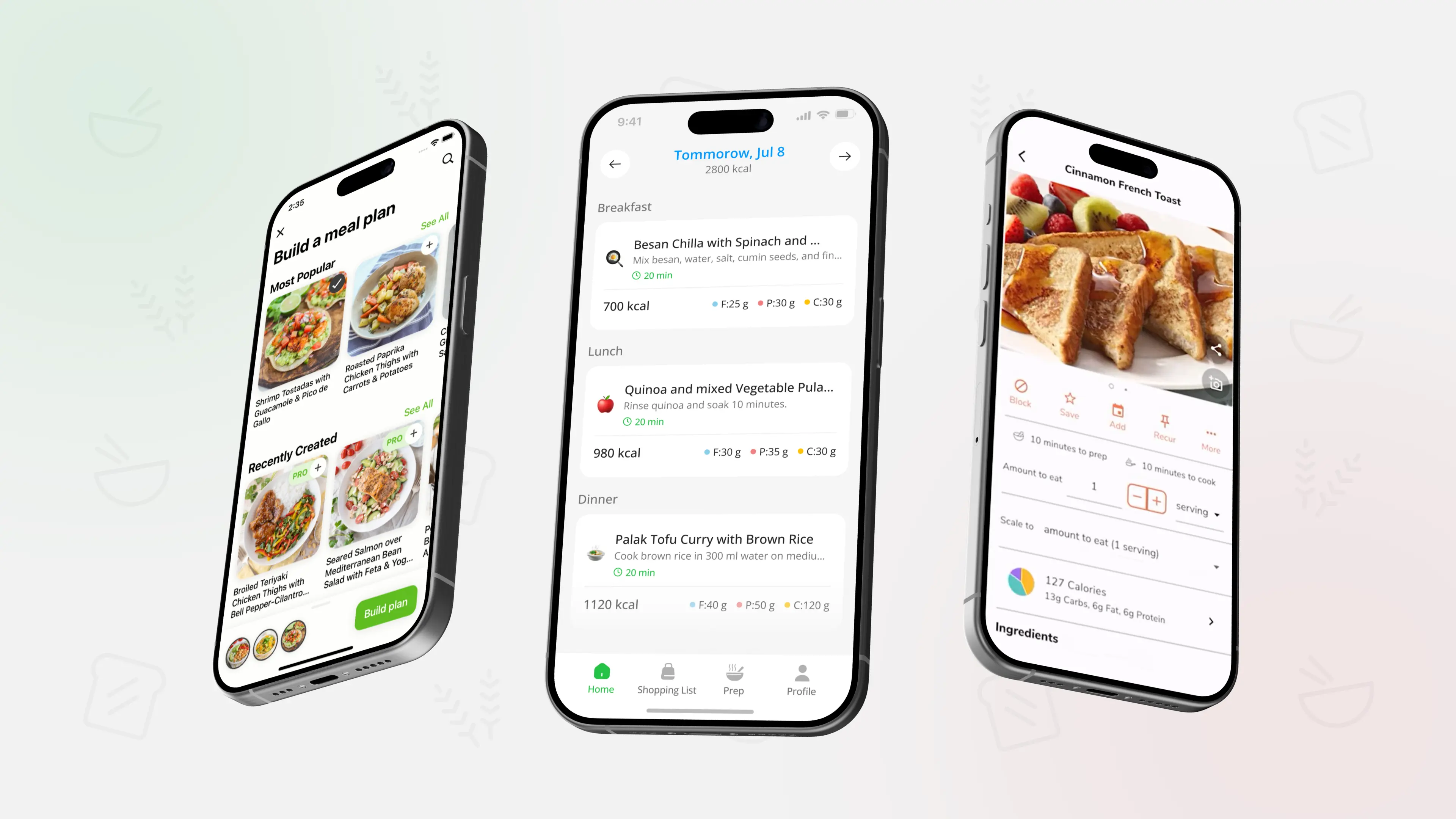25 Ways to Save Money on Groceries (Without Coupons)
.webp)
TL;DR: You do not need extreme couponing to cut your grocery bill. Most savings come from planning simple meals, buying smart staples, and wasting less food. These 25 ideas focus on structure and habits you can repeat every week.
Why grocery savings start before the store
Saving money on groceries is mostly about what and how you plan to eat, not which brand is on sale this week.
When you decide your meals first, then shop with a clear list, you avoid random extras, panic takeout, and forgotten food in the back of the fridge. A few repeatable patterns beat chasing every discount.
If you want a broader picture of how to keep meals healthy while you save, you can connect this article with Healthy Eating on a Budget: 24 Practical Tips and use these 25 ideas as your day to day checklist.
Plan before you shop: 9 money saving habits
Use these ideas before you ever touch a shopping cart.
1. Decide how many dinners you will actually cook at home this week.
If three evenings are late or chaotic, plan three home cooked dinners instead of seven and fill the rest with simple leftovers or very easy options.
2. Pick two or three dinners to repeat.
Repeating the same chili or sheet pan meal twice in one week means fewer ingredients and less waste.
3. Start with what you already have.
Look through your pantry, fridge, and freezer and plan at least one or two meals around ingredients that need to be used soon.
4. Choose simple breakfasts and lunches you can repeat.
Oatmeal, yogurt bowls, sandwiches, and grain bowls keep shopping predictable and reduce impulse buys during the week.
5. Write your list by meal, then regroup it by store section.
When your list is grouped by produce, dairy, pantry, and so on, you walk the store once instead of looping back for forgotten items. For a deeper breakdown of how to do this, you can use Grocery List Structure & Money-Saving Tips.
6. Add a leftovers night to the plan.
Mark one evening as “leftover or mix and match” and build it from whatever is left. That night alone often replaces one takeout order.
7. Keep a small “use me up” list on the fridge.
Write down foods that are close to their best by date and plan a soup, stir fry, or omelet that uses several of them at once.
8. Plan around your busiest days.
For late nights, choose very quick meals instead of pretending you will cook something complex. A realistic plan is cheaper than last minute delivery.
9. Give yourself a rough weekly food budget and a simple rule.
For example, decide that you will check your cart total halfway through shopping and put back two or three “nice to have” items if you are above your target.
If you want planning to take less mental energy, you can use PlanEat AI to generate a weekly meal plan and grouped grocery list based on your goals, dislikes, and cooking time. Then you apply your own money saving rules when you choose brands, pack sizes, and where to shop.
In the store: 8 ways to lower your bill without coupons
These habits help you buy what you need for less, even at full price.
10. Compare unit prices, not just shelf prices.
The larger item is not always cheaper per ounce or per pound. Look at the small price per unit listed on the shelf tag.
11. Choose store brands for staples.
For oats, rice, canned beans, frozen vegetables, and many basics, store brands are often just as good as name brands for less money.
12. Buy in bulk only for foods you actually use.
A giant bag is only a bargain if you will finish it before it goes stale. Focus bulk buying on pantry staples you eat every week.
13. Use whole foods more than convenience versions.
Whole carrots instead of pre cut sticks, a block of cheese instead of shredded, whole heads of lettuce instead of bagged mixes often save money.
14. Balance fresh and frozen produce.
Frozen vegetables and berries are picked at peak ripeness, last longer, and are often cheaper than out of season fresh produce.
15. Pick cost effective protein sources.
Beans, lentils, eggs, canned tuna, and chicken thighs usually cost less per serving than steak or boneless skinless chicken breasts.
16. Stick to your list first, then review extras.
Walk the store with your list, put everything you truly planned for in the cart, then check your total before adding any treats or non essentials.
17. Avoid shopping very hungry or stressed.
A small snack before you go can prevent emotional or impulse purchases that inflate the bill.
At home: 6 habits that cut food waste
Money saved on shelf prices does not help if food ends up in the trash. These habits stretch what you buy.
18. Cook once, eat two or three times.
Make bigger batches of chili, soup, or grain bowls and eat them for lunches or another dinner instead of cooking from scratch every time. For concrete ideas, you can borrow structures from Budget 7-Day Meal Plan (Under $2/Serving) and adapt servings to your household.
19. Prep ingredients the day you shop.
Wash greens, chop harder vegetables, and portion snacks into small containers. When food is ready to use, it is less likely to be forgotten.
20. Use clear containers and keep cooked foods at the front of the fridge.
Use clear containers and keep cooked foods at the front of the fridge. Label them with the day you cooked them so you remember to eat them in time.
21. Create an “eat first” zone.
Dedicate one shelf or bin to foods that need to be eaten soon and build your next meals around that spot.
22. Turn scraps into new meals.
Leftover vegetables can go into omelets, stir fries, or soups. Slightly stale bread can become croutons or breadcrumbs.
23. Use flexible “template meals” for random bits.
Build habits like weekly soup night, stir fry night, or burrito bowl night where you intentionally use up small amounts of different ingredients.
If you want a step by step look at cooking ahead so you can use groceries fully, you can pair these ideas with Meal Prep Basics: Beginner’s Guide to Cooking Ahead.
Long term habits: 2 simple systems that keep savings going
Short term cuts are helpful, but systems keep your grocery spending under control.
24. Review your grocery spending once a month.
Look at receipts or bank statements and highlight patterns. Notice which items add up the most over time and choose one or two places to cut back for the next month.
25. Build two or three budget friendly weekly menus you reuse.
Instead of inventing a new plan every week, save two or three simple patterns that use inexpensive staples. Rotate them and adjust for seasons or special events. For a ready made pattern you can adapt, you might use 7-Day Balanced Meal Plan (With Grocery List) as a starting point and simplify recipes or swap in cheaper ingredients you like.
Once you have a few weekly menus that feel good for your wallet and your routine, you can save them inside PlanEat AI as reusable plans. The app keeps your weekly structure and grouped grocery list in one place so you can repeat what works and only swap a few meals or ingredients each time.
FAQ:
Can I really lower my grocery bill without using coupons
Yes. Planning meals, using a grouped list, choosing store brands, and wasting less food often save more over time than occasional coupon deals, especially if coupons push you toward products you would not normally buy.
How often should I shop to save the most money
Many people do well with one main weekly shop plus a small top up if needed. Frequent small trips can lead to more impulse buys, while very infrequent trips can increase food waste if fresh items spoil before you use them.
Are bulk warehouse stores always cheaper
Not always. Some items are good value in bulk, such as rice, oats, or frozen vegetables, but others are similar in price to regular stores or lead to waste because packages are too large. Comparing unit prices and buying only what you can use is more important than where you shop.
Is it cheaper to cook at home than to buy ready meals
In most cases, yes, especially when you cook simple recipes with basic ingredients and stretch them across several meals. Ready meals and takeout often cost more per serving and rarely provide leftovers for multiple days.
How do I balance saving money with eating healthy
Focus on affordable healthy staples like beans, lentils, oats, rice, frozen vegetables, eggs, and seasonal produce. Structured meal planning and simple recipes make it easier to stay both budget friendly and balanced.
Educational content only - not medical advice.
Save on groceries with simple habits
Most grocery savings come from planning meals, using a clear list, and wasting less food, not from hunting every discount. Build a few repeatable routines around shopping, cooking, and storage and your food budget becomes easier to control week after week.


.webp)
.webp)
.webp)
.webp)
.webp)
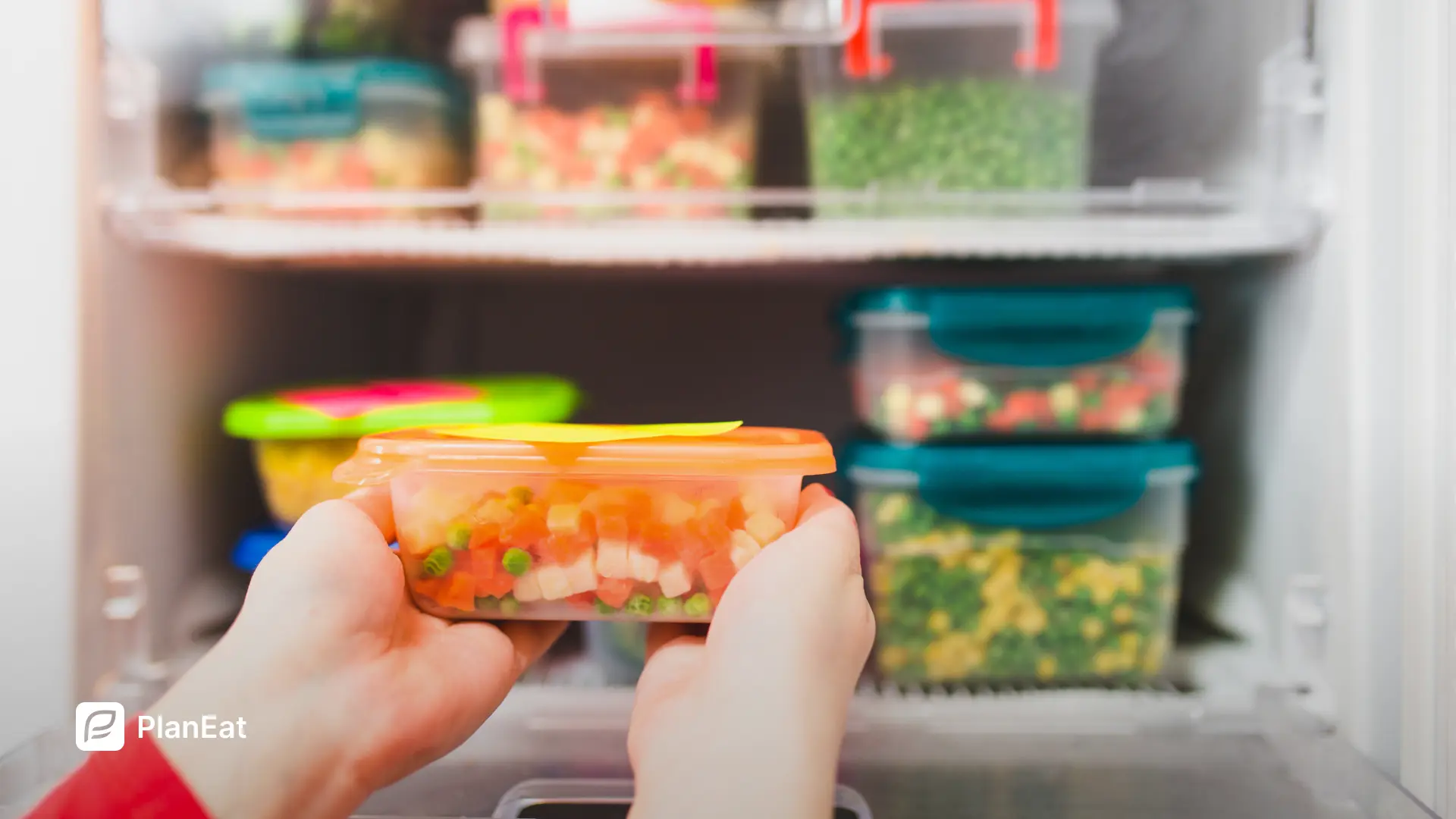
.webp)
.webp)

.webp)
..webp)
.webp)
.webp)

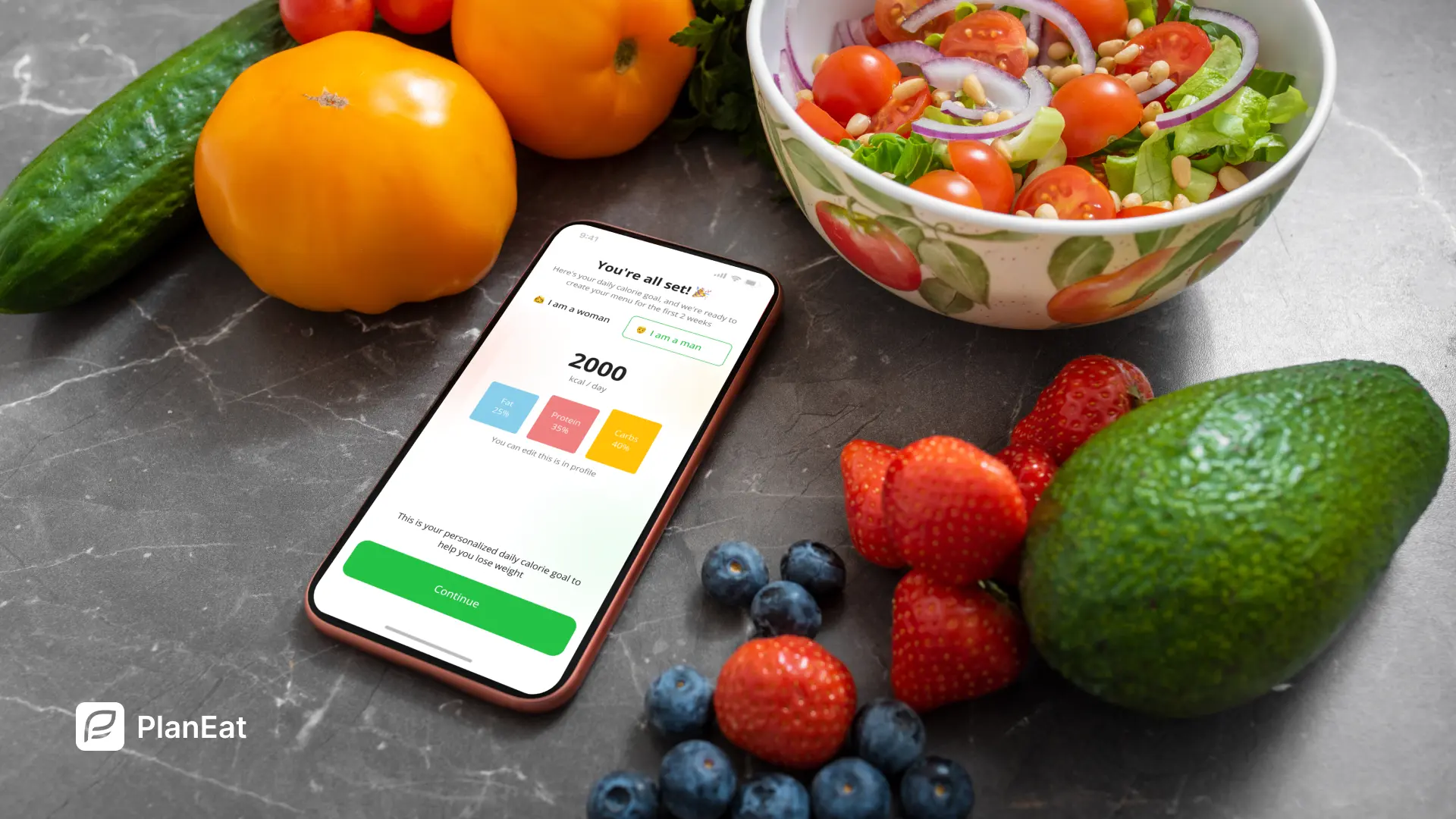
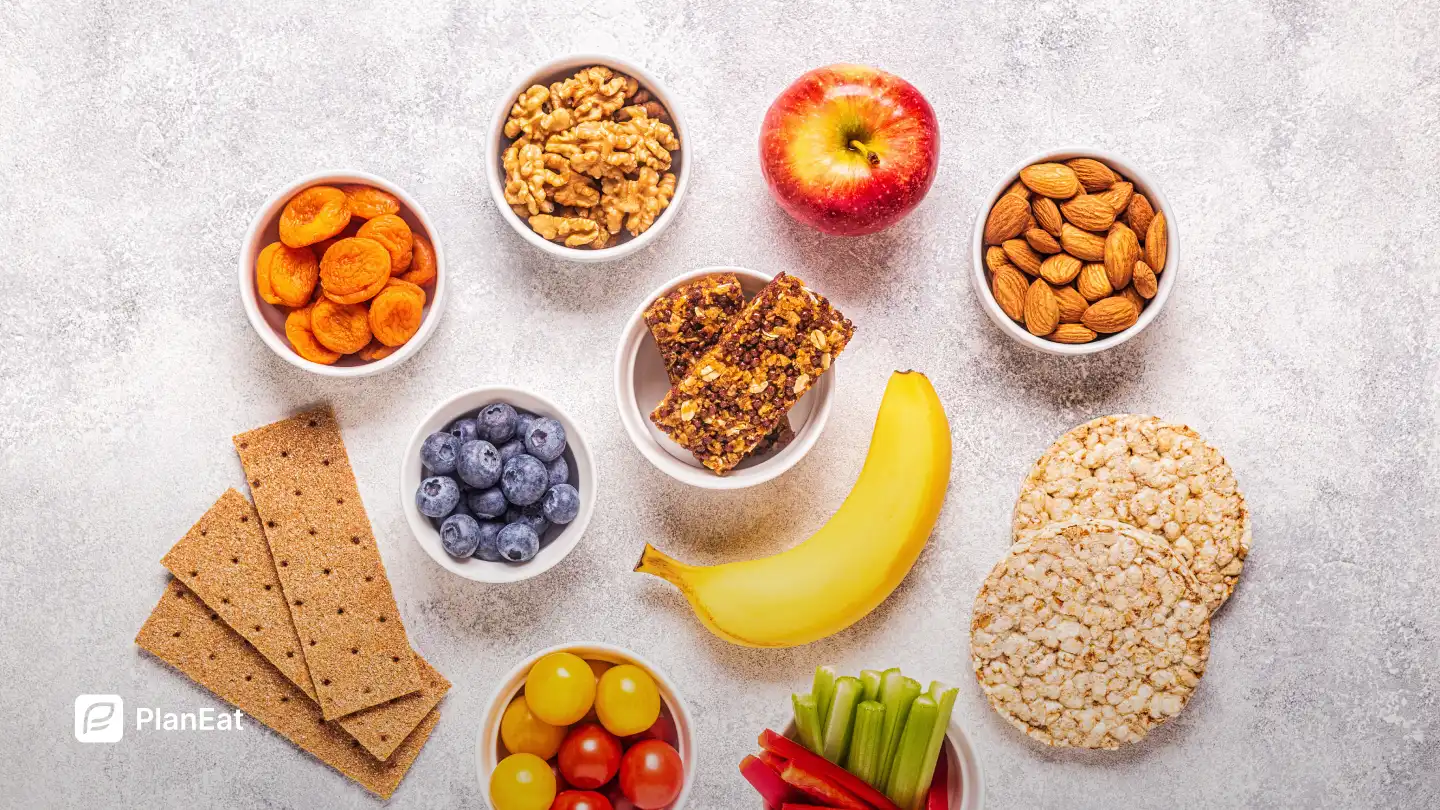
.webp)



.webp)



.webp)
.webp)
.webp)
%20%2B%207%E2%80%91Day%20Menu.webp)




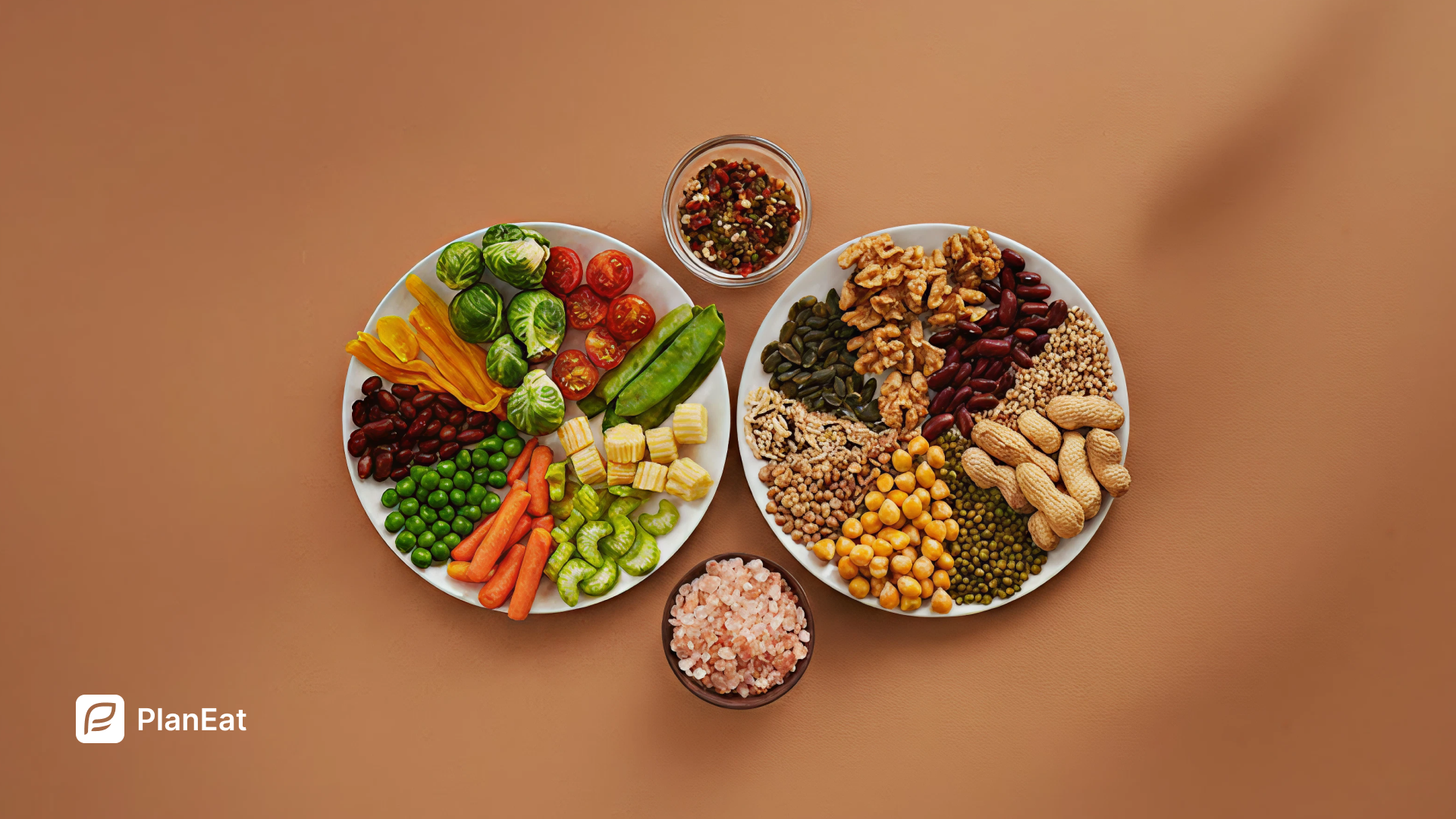
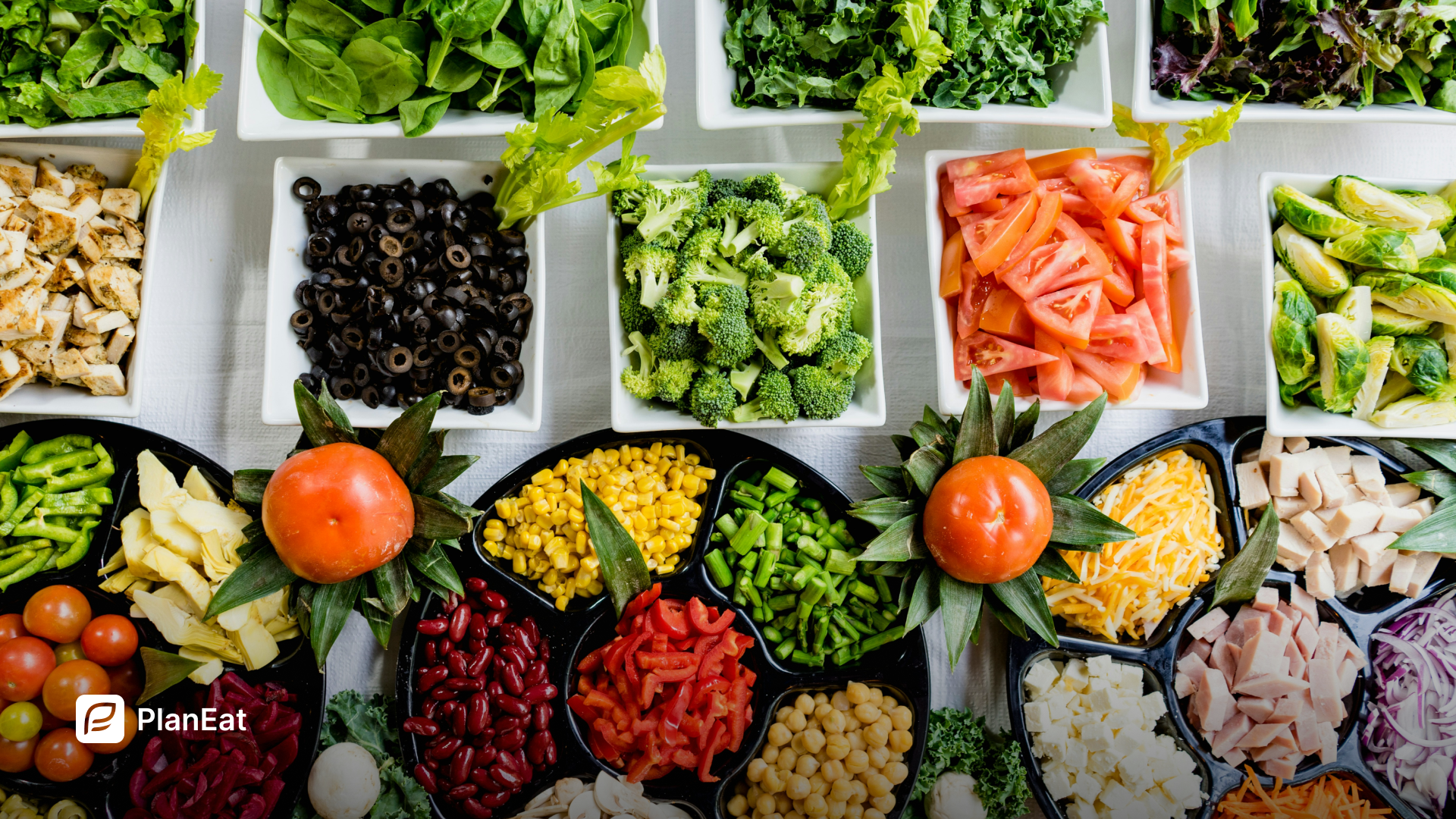
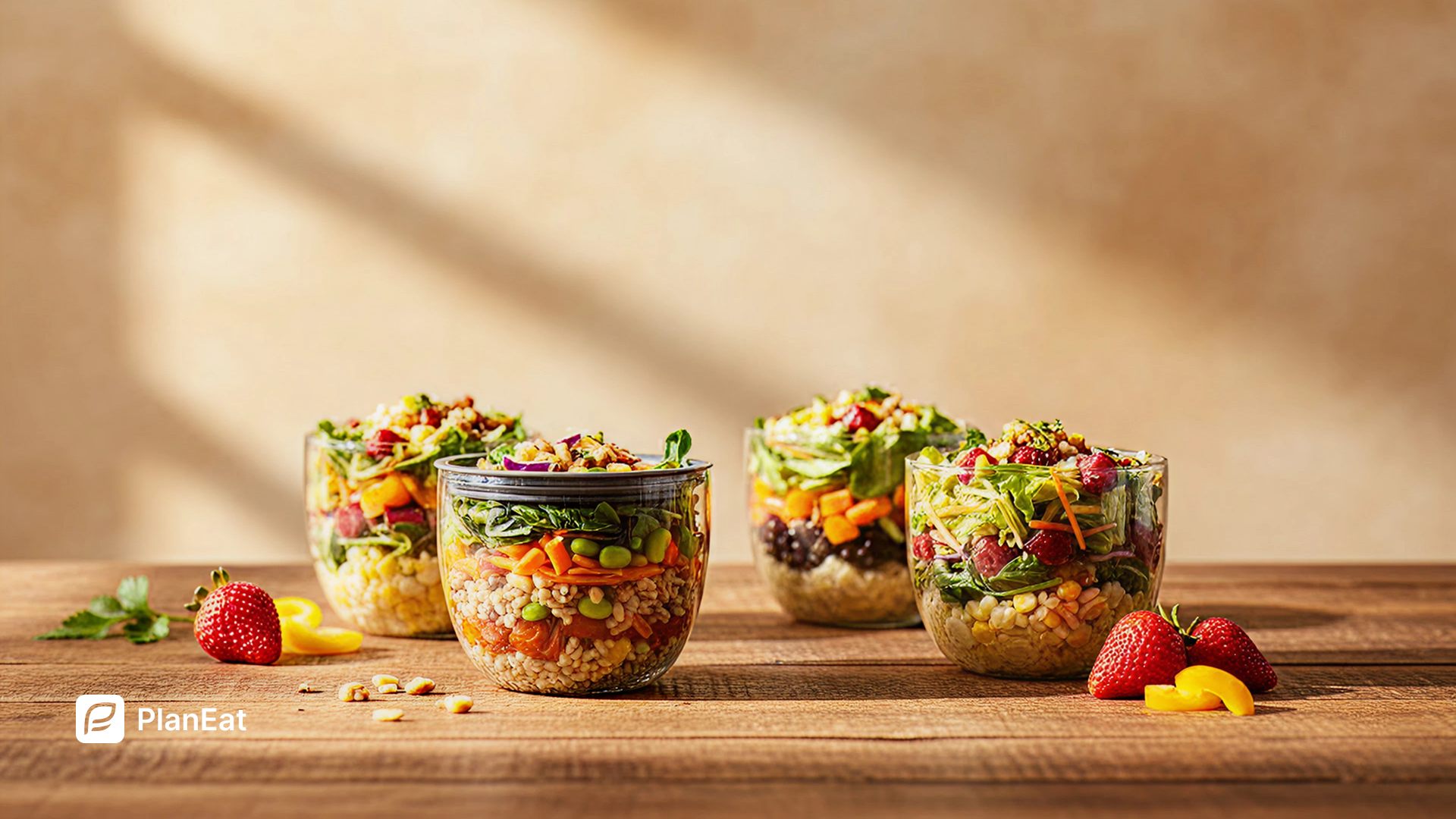

.webp)

